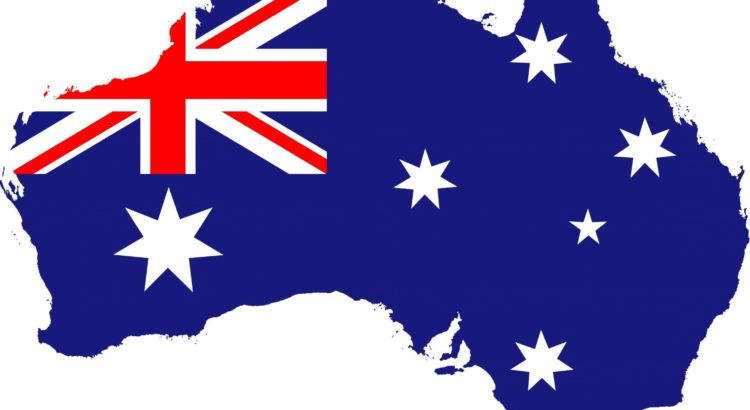By: Henrietta Cook
The performance of Victorian students has gone backwards since the Andrews government set ambitious targets as part of its Education State agenda.
New figures obtained by The Age also reveal that parents’ trust in the state school system has taken a hit, with only 51.7 per cent reporting high levels of confidence in the sector.
high levels of confidence in the sector.
The state government launched the targets as a centrepiece of its Education State policy in September 2015 but has since remained quiet about how schools are tracking.
The measures are calculated using a combination of NAPLAN results, the OECD’s Program for International Student Assessment (PISA), parent and student surveys, retention data and Victorian Curriculum and Assessment Authority assessments.
The Age can now reveal that out of the nine targets that have reported data for 2016 and 2017, only two areas improved.

These were year 5 reading and year 9 maths.
But this coincided with a decline in the proportion of students reaching the highest levels of achievement in year 9 reading, year 5 maths and critical and creative thinking.
Under the new targets, this is meant to increase to 39.9 per cent by 2020.
The achievement gap between the most disadvantaged year 5 and 9 students and their peers also grew wider between 2016 and 2017.
There was also a drop in the proportion of year 9 students who remained engaged in education until year 12. This dipped to 96.3 per cent, down from 96.6 the previous year.
And the proportion of surveyed families who reported high levels of confidence in the government school system dropped from 55 to 51.7 per cent. This is a far cry from the goal of 65.9 per cent by 2025.
University of Melbourne laureate professor Dr John Hattie said policies aimed at reaching the targets had not had enough traction in schools.
«I am delighted that we have those targets and there are promising areas but we need to be much more vigilant in terms of making sure schools meet those targets,» he said.
«We have committed to these targets so let’s move them up.»
Victorian Education Minister James Merlino said he was confident more children would move into the top achievement bands as the government’s Education State initiatives rolled out.
«Anyone can jump over a low bar – that’s not what we are about. These targets are hard to meet because they’re real targets that will see real improvement in what our students achieve at school.»
He said there were early and exciting improvements, with some of Victoria’s lowest-performing students moving into the middle achievement bands.
«It may not be headline grabbing, but it’s the first step in seeing the long-term improvements we want to achieve.»
He said changes in the second-year-target figures were not statistically significant and «do not paint a full picture of improvements in the sector».
Education is emerging as a key battleground ahead of the November state election.
The state opposition recently pledged to review the curriculum if it won government and called for a greater focus on «Australian values» in schools.
The opposition’s education spokesman, Tim Smith, said the new figures showed that it was time to declutter the curriculum and focus on literacy and numeracy.
«We want to improve student outcomes, instead of weak slogans and a part-time education minister,» he said.
«The education state slogan is not worth the number plate it is written on.»
The five and 10-year targets include boosting the number of students achieving excellence in reading, maths, science and the arts, breaking the link between disadvantage and outcomes and improving confidence in the school system.
The Grattan Institute’s Dr Peter Goss said consistent improvements during the earlier years of school were key to hitting the targets.
«For Victoria, I’m seeing good signs in reading, but less improvement in numeracy. Much more needs to be done to be improve writing, but that is also true across Australia,» he said.
He said change took time and the metrics used to measure progress bounced around from year to year.
«This creates a risk of jumping at shadows if a metric slips marginally,» he said.
«That said, improvement is always better than not, and the government will no doubt be working to understand what is going on where metrics aren’t improving.»
Victorian Curriculum and Assessment Authority chief executive Dr David Howes said that while the best result would be improvements across the board, there were encouraging signs.
«The 2017 NAPLAN results show we’re lifting students out of the bottom three bands in reading and lifting performance in the early years,» he said.
«We will see improvements in the year 5 target data as these year 3 students move through primary school.»
He said the latest NAPLAN results showed that Victorian primary students were the country’s top performers in six out of 10 domains.
«Nevertheless, further significant improvement will be required to reach the ambitious Education State targets in both primary and secondary schools,» Dr Howes said.
Source:
http://www.smh.com.au/national/education/the-education-state-students-lag-behind-state-government-goals-20180201-p4yz7g.html









 Users Today : 185
Users Today : 185 Total Users : 35459780
Total Users : 35459780 Views Today : 345
Views Today : 345 Total views : 3418317
Total views : 3418317